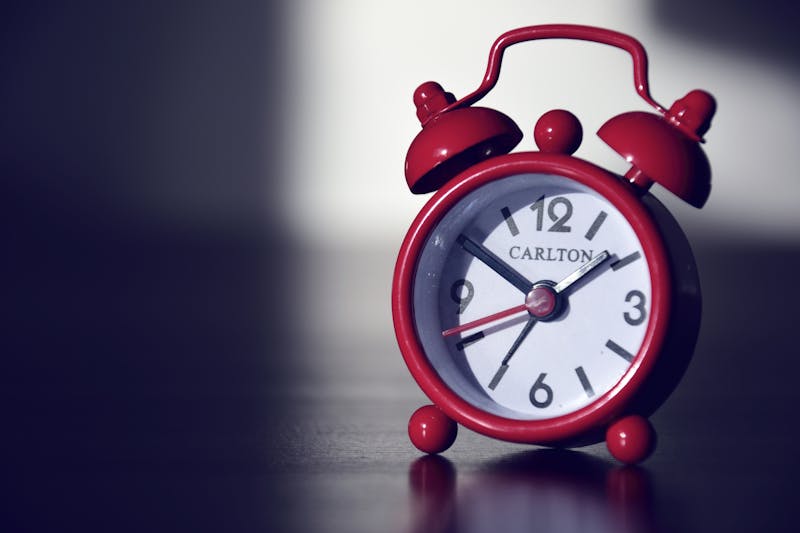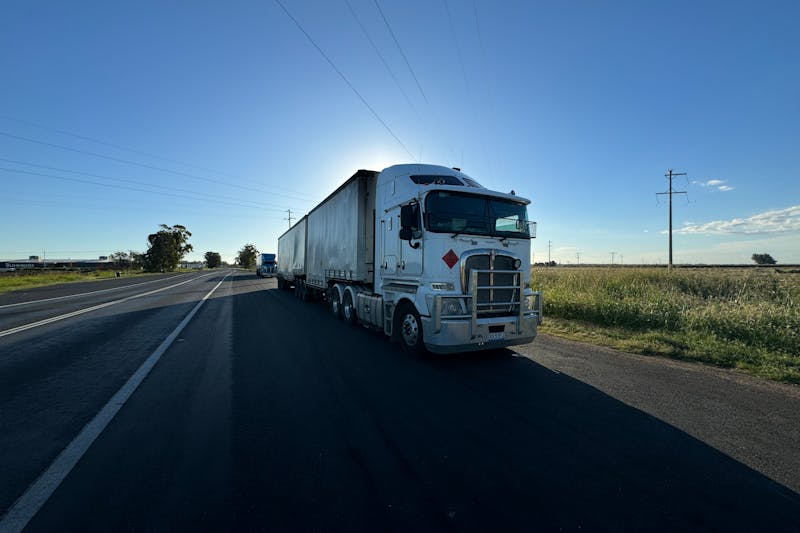Drowsy Driving Accounts for One in 10 Highway Car Crashes
A new study published by the travel and insurance group, AAA, has shown that one out of 10 car accidents on U.S. highways result from drowsy driving. This number is eight times greater than previous estimates and has created a panic in the auto industry with many automakers already trying to find ways to alert drivers when they begin to nod off.
David Yang, executive director of the AA Foundation for Traffic Safety, says “Drowsy driving is a bigger traffic safety issue than federal estimates show. Drivers who don’t get enough sleep are putting everyone on the road at risk.”
The AAA study monitored over 3,500 drivers and also used data collected from 700 dash cams that had recorded videos of accidents. Drowsiness was a factor in 9.5 percent of all the crashes. Furthermore it had accounted for 10.8 percent of serious accidents that involved significant harm, injury, or loss of life. Prior to the study, Federal regulators suggested drowsy driving was a very low risk with only between 1 and 2 percent of accidents resulting from nodding off behind the wheel. Now tired motorist’s are as much of a risk to the road as distracted drivers who can be blamed for approximately 1 in 11 accidents.
The study is addresses a December, 2016 study also released by AAA. In that study, it was suggested that the less sleep a driver has, the more they are a risk on the road. AAA also said that when a person does not get the recommended 7-8 hours of sleep, they are nearly as much of a risk as that of an intoxicated driver.
These concerns are not new. Separate data released by the Centers for Disease Control and Prevention show that up to one third of drivers get less than the seven hours of sleep every night. With many getting between 4 and 5 hours only.
AAA discusses the idea that many sleepy drivers will convince themselves they are okay to drive. William Van Tassel, the manager of driver training at AAA says “Don’t be fooled, the only antidote for drowsiness is sleep. Your body’s need for sleep will eventually override your brain’s attempts to stay awake.”
The study was unable to show any noticeable differences between gender or age with men and women being equally likely to fall asleep behind the wheel. It also contradicted a common belief in that drowsy driving happens more at night. The AAA study actual showed that while there was a small number to occur in the evening and nighttime, most happened during the day. AAA asked a group of people about their driving habits and whether or not they drove while tired; one in three answered ‘yes’ to doing so in the previous month.
Automakers are aware of the problem and desperately trying to find a solution that works. Mercedes-Benz is currently monitoring several hundred parameters including steering wheel motions to detect whether or not a driving is falling asleep. If the system recognizes a tired driving, a signal to pull over and take a break is given.
Lexus uses a camera to monitor the eyes of a driver. If they show signs of drowsiness, there will be an alert to pull over and rest. Other automakers are experimenting with AI and other advanced technology that could be able to interact with the driver and their state of awareness.
Human error accounts for up to 90 percent of all accidents on the roads. Warning signals indicating drowsiness, automated emergency brake systems, and lane departure systems can assist in reducing accidents. Until vehicles eliminate the need for an actual driver, falling asleep behind the wheel will be a risk.
AAA asks people to know the warning signs of drowsiness. These include:
- Drifting in and out of your lane
- Failing to remember the last few miles that were driven
- Inability to keep your eyes open
AAA also recommends:
- A minimum of 7 hours of sleep before driving
- Avoid eating heavy foods before driving
- Travel during the daylight
- Do not take any medications that cause drowsiness
- Schedule a break every 100 miles or 2 hours
- Always have a passenger who can also drive
- Take power naps; around 20-30 minutes.
Have you been injured in a car accident and believe the negligent party fell asleep at the wheel? Call The Higgins Firm now.
The full study can be ready here:
https://publicaffairsresources.aaa.biz/wp-content/uploads/dlm_uploads/2018/01/FINAL_AAAFTS-Drowsy-Driving-Research-Brief.pdf




![Average Settlement for Car Accidents in Nashville [What to Expect in 2025]](https://www.thehigginsfirm.com/wp-content/uploads/2025/03/car-accident-settlement.jpg)
